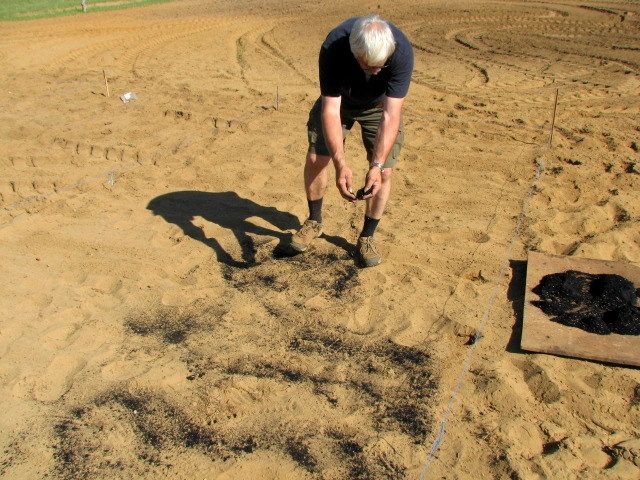New research reveals biochar’s secrets
New research by Rice University has found charcoal needs to be heated to at least 450 Celsius to ensure water and nutrients get to their plants.

New research by Rice University has found charcoal needs to be heated to at least 450 Celsius to ensure water and nutrients get to their plants. Biochar has been attracting the attention of amateur and professional gardeners and this is leading to industrial production.
Biochar is a name given to charcoal when used as an additive to soil, and produces a net negative effect on carbon emissions. It can increase soil fertility and remains in the soil for thousands of years.
The technique was pioneered by the Amazonian tribes more than a thousand years ago, and is known as ‘Terra Preta’; they made it by smouldering agricultural waste in pits and it is believed earthworms in the soil them broke down the biochar into finer material. The key process is pyrolysis, which occurs when burning is prevented in a low or no oxygen environment.
The areas where one can find Terra Preta in Amazonia are numerous, and it can clearly be seen to improve crop yields. It worked well for the tribes and future generations, as the soil of the Amazon is notoriously poor once the biodiversity is removed and the soil is cultivated. The biochar in the soil creates a longer lasting nutrient rich soil, which requires less fertiliser to generate growth.
"When it's done right, adding biochar to soil can improve hydrology and make more nutrients available to plants," according to Rice biogeochemist Caroline Masiello, who was responsible for the study.
The idea has a lot of weighty backing behind it. James Hansen of the NASA Goddard Institute, and James Lovelock, the famous environmentalist, are both keen supporters of biochar. It has the potential to make considerable emissions cuts over the coming years, in a relatively short space of time.
Masiello believes it is essential to discover how to make the best biochar, and to learn more about how it works. "This is the first rigorous study of the hydrologic aspects of biochar," Masiello says. And not all biochar is the same, "People often tout the benefits of biochar; it can help clay-rich soils drain better, and it can help sandy soils hold water better. But we are finding that these hydrologic benefits vary widely with biochar production conditions."
The carbon sequestration aspect of biochar also must not be understated, "When people mow their yards here in Houston, the carbon from the grass clippings returns to the atmosphere in about six weeks," said Masiello, assistant professor of Earth science at Rice. "We call this carbon-cycling, and it's a universal process. Making biochar is one way to remove carbon from the atmosphere and lock it away for a long time."

_400_250_s_c1.png)




